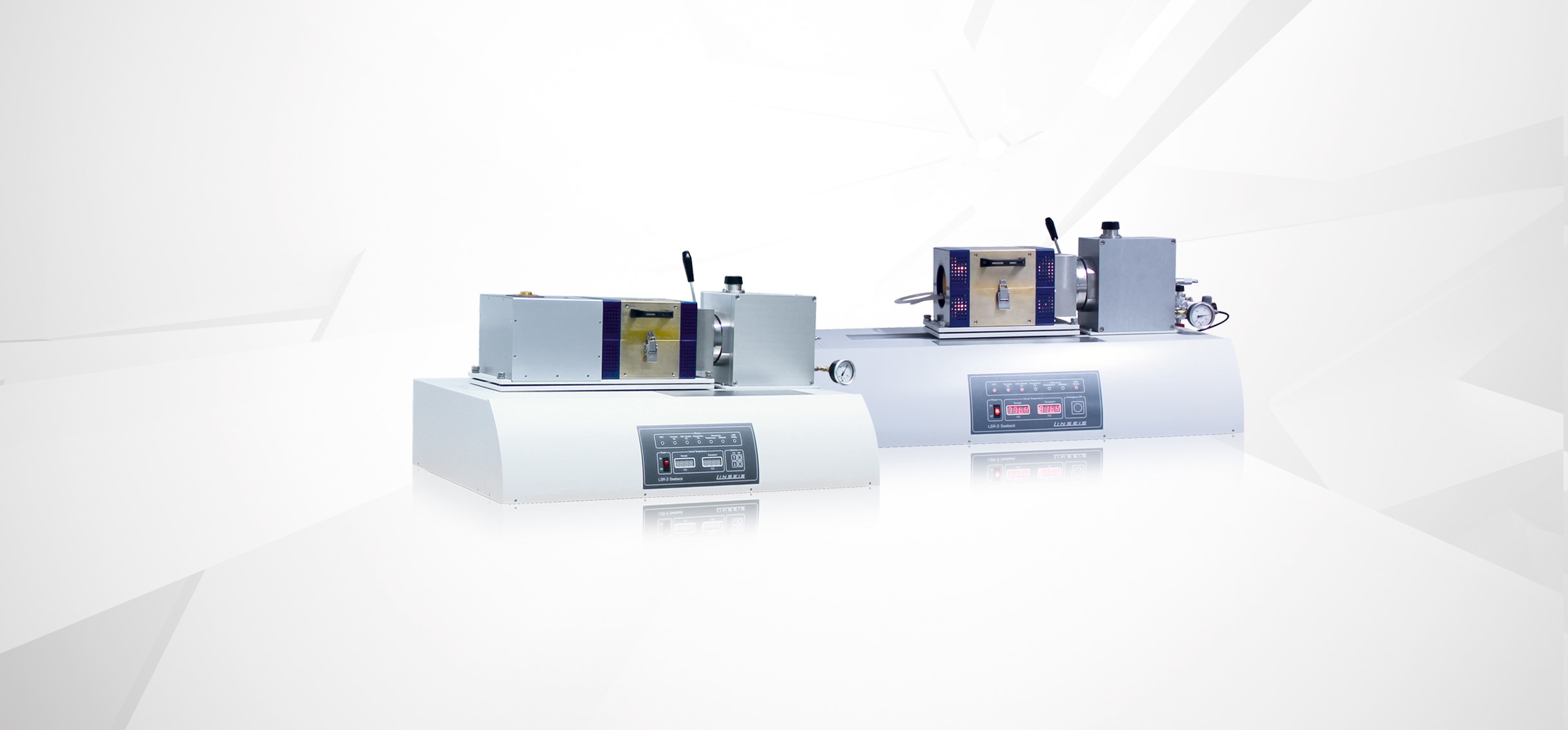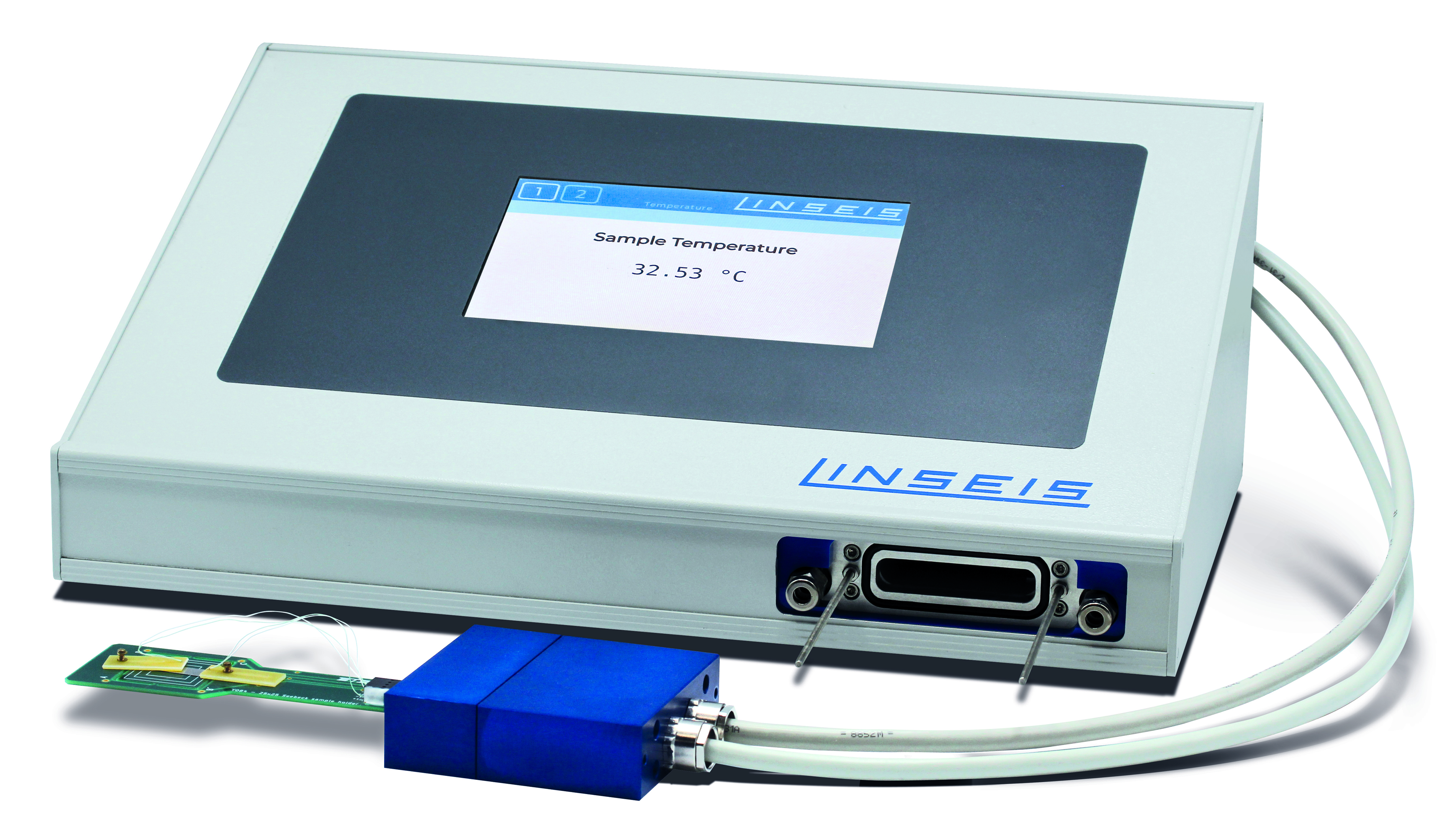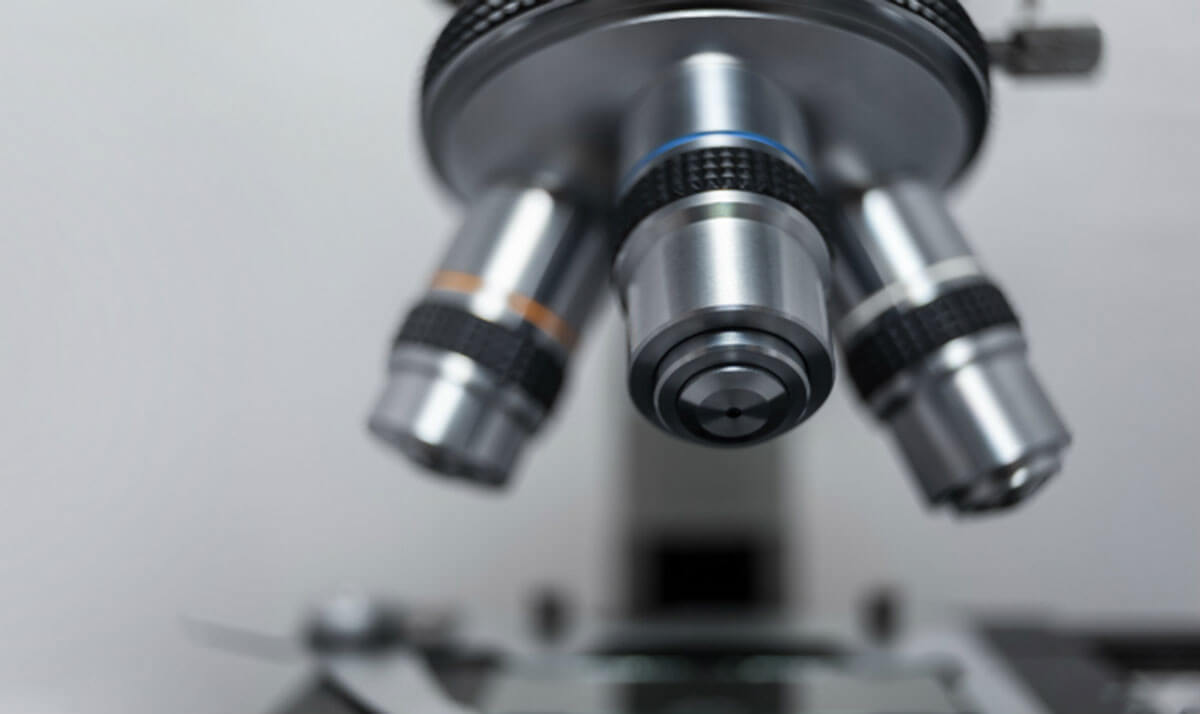Thermoelectric Instruments
Seebeck-Coefficient / Resistivity / TEG and Peltier Modules / Thin Films
Thermoelectricity describes the mutual influence of temperature and electricity in a material and is based on three basic effects: the Seebeck-effect, the Peltier-effect and the Thomson-effect.
The Seebeck-effect was discovered in 1821 by Thomas J. Seebeck, a German physicist, and describes the occurrence of an electric field when applying a temperature gradient in an electrically insulated conductor. The Seebeck coefficient S is defined as the quotient of the negative thermal voltage and the temperature difference and is a purely material-specific variable, which is usually given in the unit μV / K.
With fossil fuels becoming increasingly scarce and recent global warming gains from rising carbon dioxide emissions, the field of thermoelectricity has returned to public interest because of its effective use of waste heat. The aim is to use the waste heat of heat engines, such as automobiles or conventional power plants, by thermoelectric generators (TEG) to increase their conversion efficiency. But also for cooling applications by means of the Peltier effect, such as the thermostatic temperature-critical components in lasers, efficient thermoelectric materials are of great interest.
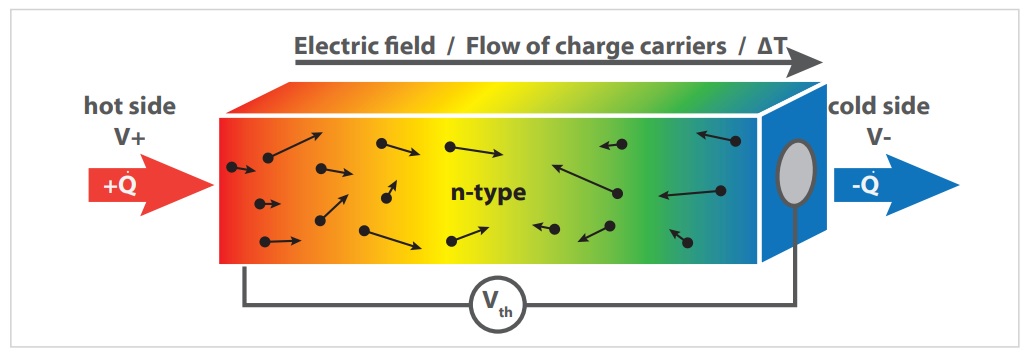
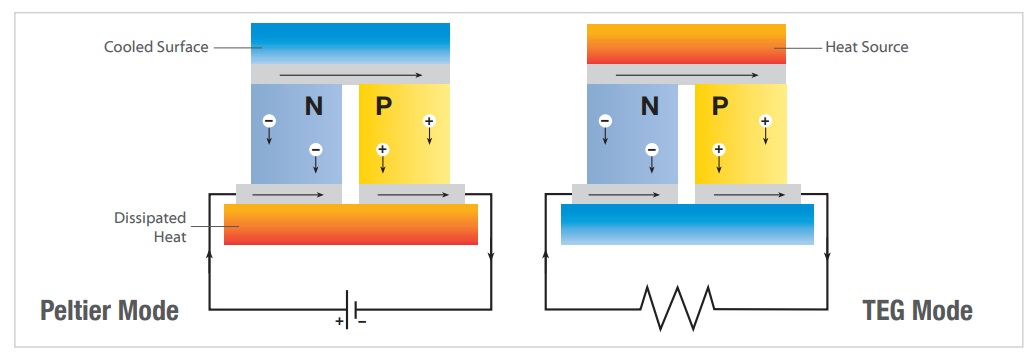
Conversely, this effect, called the Peltier-effect, causes a temperature gradient when applying an external current to the conductor. This phenomenon is due to the different energy levels of the conduction bands of the materials involved. Thus, as they pass from one material to another, the charge carriers must either absorb energy in the form of heat, thereby cooling the pad, or they can release energy in the form of heat, thereby heating the pad.
The thermoelectric conversion efficiency of a material is usually compared on the basis of the dimensionless figure of merit ZT. It is calculated from the Thermal Conductivity , the Seebeck-Coefficient and the Electrical Conductivity.
To cope with this development, we have developed an instrument for simple and extremely precise material characterization. The Linseis LSR-3 can determine both, the Seebeck-Coefficient and the Electrical Resistivity of a sample in a temperature range from -100°C to +1500°C in a single measurement.
Products
for thermoelectric measurements


